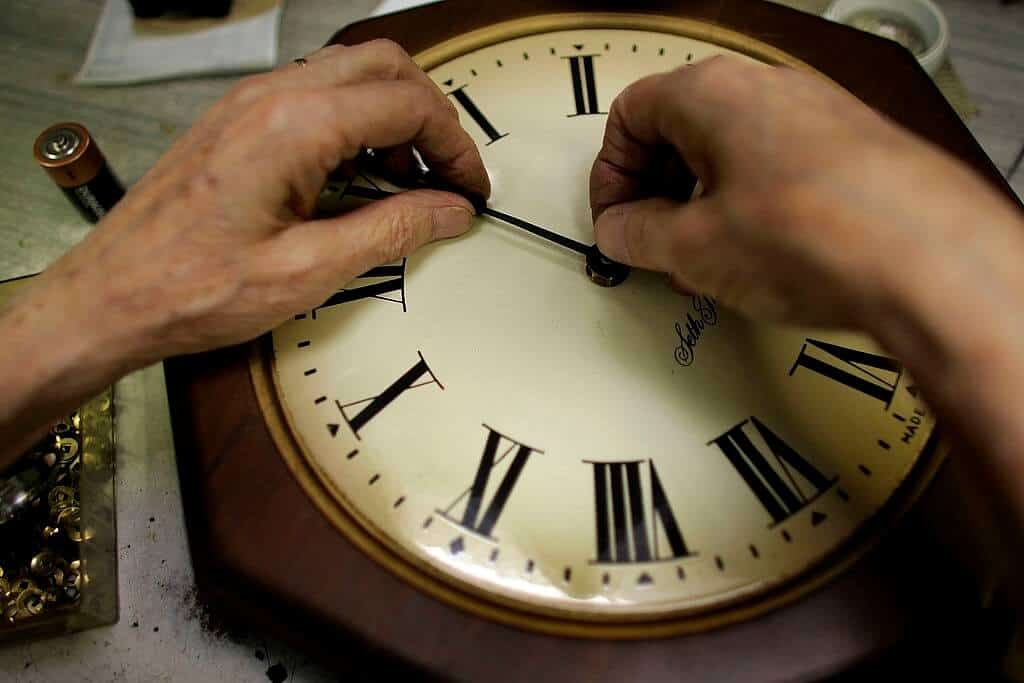Avoid Seasonal Mental Health Difficulties
Nikki Attkisson | Last Updated : November 9, 2021What do you do now that the clocks have been put back for Daylight Saving Time? According to Dr. KannanRamar, a professor of medicine at the Mayo Clinic’s Center for Sleep Medicine in Rochester, Minnesota, that extra hour of sleep is welcomed by many individuals. However, he believes that it is insufficient to make up for chronic sleep deficit. However, according to him, getting an extra hour of sleep may result in you waking up feeling more refreshed, which may encourage you to get even more shut-eye.
Avoid Seasonal Mental Health Difficulties
Create a sleep schedule that works for you. He advised going to bed simultaneously every night and making sure you go to sleep early enough to obtain seven to eight hours of sleep. He also reported exercising regularly. In the 30 minutes before night, begin turning off electronic devices in order to reduce your exposure to light, according to Ramar. If you are unable to be asleep after twenty minutes, get out of bed and engage in a calm activity such as meditation, he said. He cautioned that this is not the time to get back into your technological devices.

Ramar recommended that you avoid eating a heavy dinner before night and that you limit your caffeine consumption in the afternoon. Ensure that you restrict your fluid consumption before night and avoid consuming alcohol around this time, he said. If none of these suggestions work for you, Ramar recommends that you consult with a medical expert.
An increase in the number of people suffering from seasonal affective disorder
Seasonal affective disorder (SAD) is a condition that occurs as the evenings become longer and the weather grows drier in some regions of the nation. According to Michelle Drerup, head of behavioral sleep medicine at the Cleveland Clinic Sleep Disorders Center in Ohio, seasonal affective disorder is a particular kind of depression that often starts in the autumn and ends in the spring. According to her, irritability, excessive exhaustion, difficulty to focus, carbohydrate cravings, anxiety, and withdrawal from social activities are some of the symptoms. Drerup believes that the time shift associated with the conclusion of Daylight Saving Time might cause SAD. In a study conducted in 2017, researchers discovered that the incidence of seasonal depression episodes increased by 11 percent towards the conclusion of daylight saving time.
Light exposure has been shown to improve mood.
Dr. BhanuPrakashKolla, an addiction psychiatrist and sleep specialist at the Mayo Clinic in Rochester, Minnesota, advises anyone suffering from seasonal affective disorder to attempt to expose themselves to bright, natural light whenever feasible. Increased release of the neurotransmitter serotonin, sometimes known as the “happy hormone,” is a result of exposure to light. According to him, those who live in more gloomy sections of the nation may utilize a lightbox to simulate sunshine. The symptoms of seasonal affective disorder should be reported to your doctor if they last for more than two weeks and have a substantial influence on your ability to function. The assistance of a medical expert may aid in the diagnosis of your issue, the evaluation of other probable mental health disorders, and the development of a specific treatment plan.
With over 15 years as a practicing journalist, Nikki Attkisson found herself at Powdersville Post now after working at several other publications. She is an award-winning journalist with an entrepreneurial spirit and worked as a journalist covering technology, innovation, environmental issues, politics, health etc. Nikki Attkisson has also worked on product development, content strategy, and editorial management for numerous media companies. She began her career at local news stations and worked as a reporter in national newspapers.
